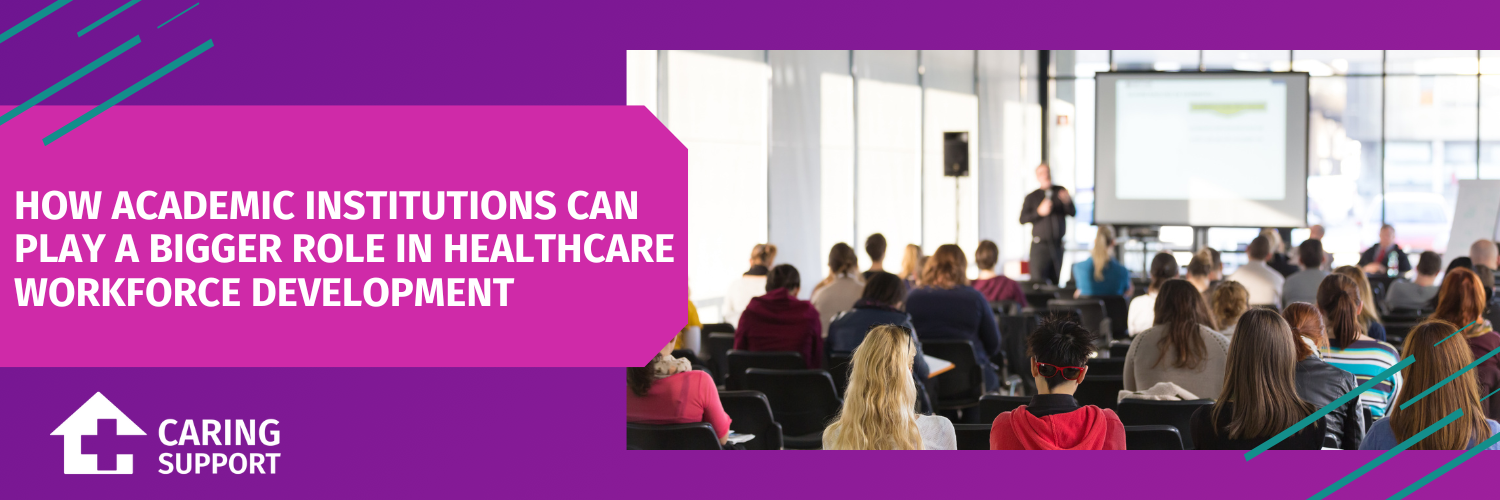
Canada is facing a healthcare workforce crisis—with more than 78,000 doctor vacancies projected by 2031 and 117,600 nurse shortages expected by 2030. Yet academic institutions continue to cap admissions, limit seats, and slow down the path to professional readiness. It’s a controversial paradox: we desperately need more healthcare workers, but we restrict training opportunities. It's time to challenge that status quo.
Year after year, highly qualified Canadian applicants are turned away from medical, nursing, and allied health programs due to philosophical funding constraints—not a lack of demand. As one Reddit user bluntly points out, many provinces don’t lack interested students—they lack instructors and institutional will to expand.
Meanwhile, governments continue recruiting international graduates, many of whom face licensing delays and long transition periods. Academic institutions could lead the solution: expand seats, streamline instructor pipelines, and prioritize training Canadians eager for healthcare careers.
The most effective training models come from Academic Medical Centres (AMCs), where teaching is directly tied to healthcare delivery. Students in these environments gain early exposure to the clinical world, increasing their competence and employability.
Additionally, frameworks like Interprofessional Education (IPE) help break down academic silos. Encouraged by the World Health Organization, IPE trains students from different disciplines together—building collaborative, job-ready teams. It's time for academic institutions to embrace these models system-wide.
A 2025 arXiv review showed that generative AI can perform at par with humans on medical assessments, sparking interest—and concern—within academic circles. The opportunity is massive, but if not integrated thoughtfully, AI risks replacing critical thinking with automation.
Some universities are experimenting with early AI exposure in clinical decision-making. Yet, many programs remain stuck in traditional curricula, unprepared to adapt. Academic inertia may prevent Canada from producing the AI-literate clinicians tomorrow's system demands.
.png)
One of the most overlooked roles of academic institutions is their potential to directly address care shortages—especially in underserved and rural regions. With nearly 14% of Canadians lacking access to a family doctor, programs must move beyond urban training hubs.
This includes implementing return-of-service agreements, rural placements, and community-based education models. The Canadian Institute for Health Information (CIHI) has called for exactly this, encouraging institutions to align training with local needs—not just traditional teaching models.
Canada’s healthcare employers are hungry for new graduates—but many feel disconnected from the education system. The Royal College of Physicians notes that solving the workforce crisis requires tight collaboration between academia and employers.
That’s where platforms like Caring Support Academia come in. By enabling schools to connect directly with healthcare organizations, share placements, and track student progress, these tools bridge the education-employment divide and help students get hired faster.
Let’s be clear: producing more graduates won’t fix a broken system. Issues like burnout, poor working conditions, and toxic workplace cultures are driving healthcare workers out of the profession.
This is why the Royal College’s national plan for workforce well-being matters. Academic institutions must advocate for mental health support, systemic reform, and long-term workforce sustainability—not just supply pipelines.
Academic institutions are not bystanders in Canada’s healthcare crisis—they’re key players. But outdated models, rigid funding, and resistance to change have held them back.
It’s time to act boldly. That means expanding access, embracing innovation, supporting employer partnerships, and designing programs that reflect today’s realities—not yesterday’s ideals.
The tools are available. The need is urgent. The responsibility is yours.

We'll keep you updated on all new application updates and features!